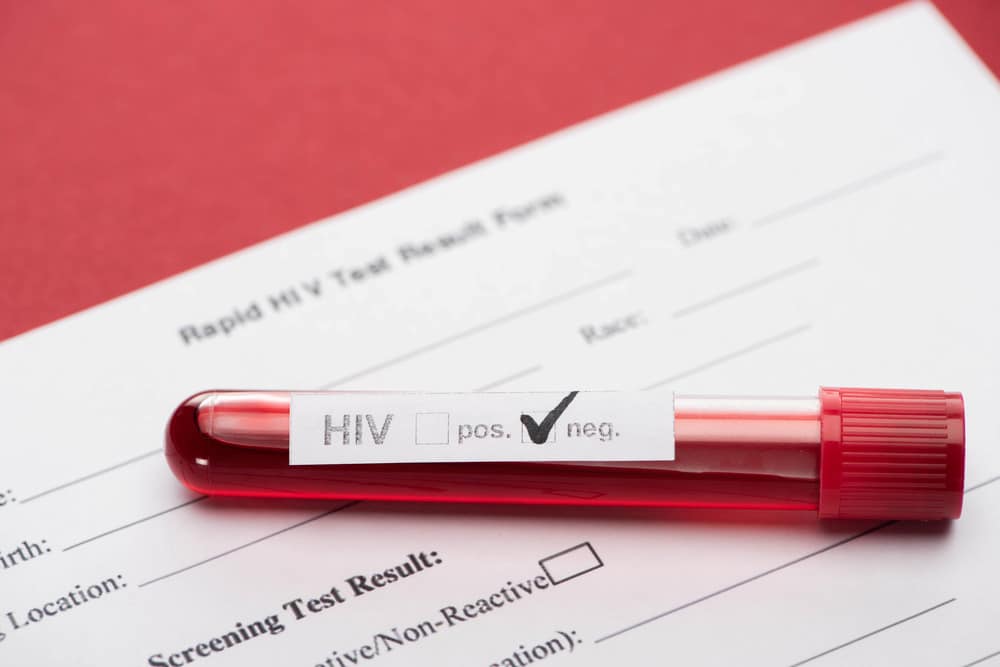HIV stands for Human Immunodeficiency Virus. It attacks the immune system. The CD4 cell count helps to fight against infection, so when the count of these cells is reduced, it worsens the condition.
Transmission of HIV can occur through sharing needles or syringes with an infected person, unprotected sexual contact with an infected person, and contaminated blood or blood products. If a mother is HIV positive, it can be transmitted to her child during childbirth and breastfeeding.
Someone who has already been exposed to HIV, such as healthcare workers or others who have accidentally come into contact with HIV through needles, biological fluids, or blood transfusions, is considered to have had a post-exposure exposure.
In post-exposure prophylaxis (PEP), the goal is to suppress local viral replication and prevent infection. If a person has had very brief contact with the skin or mucous membrane, PEP may not be necessary.
In cases of PEP for HIV, the risk is low if the person exposed to HIV is positive but has no symptoms and has a high CD4 cell count. Exposure limited to the mucous membrane or a superficial scratch is also considered low risk. In such cases, the drug regimen consists of Zidovudine 300 mg and Lamivudine 150 mg taken twice daily for 4 weeks.
The high-risk category includes patients with symptoms and a low CD4 cell count, as well as exposure over a large area and for a longer duration. In these cases, the drug regimen consists of Zidovudine 300 mg, Lamivudine 150 mg taken twice daily, and Indinavir 800 mg taken three times daily for 4 weeks.
The same drug regimen is commonly used for sexual exposure to an HIV patient.
Transmission from mother to child during delivery or breastfeeding carries a high risk. Therefore, the mother should continue taking the drugs after delivery and during breastfeeding. During pregnancy, the first-line drugs are Zidovudine, Lamivudine, and Nevirapine. If the CD4 cell count is less than 250 cells/μL, there is a high chance of liver toxicity, so Nevirapine should be closely monitored.
Combination therapy is recommended over mono therapy. Early detection and diagnosis are crucial for preventing complications, and safety measures should be taken to reduce the risk of infections.


